Turning your garage into a workshop can change how you live and work. It gives you a dedicated space for your projects. It adds value to your home.
This article will guide you through making your garage a functional workshop.
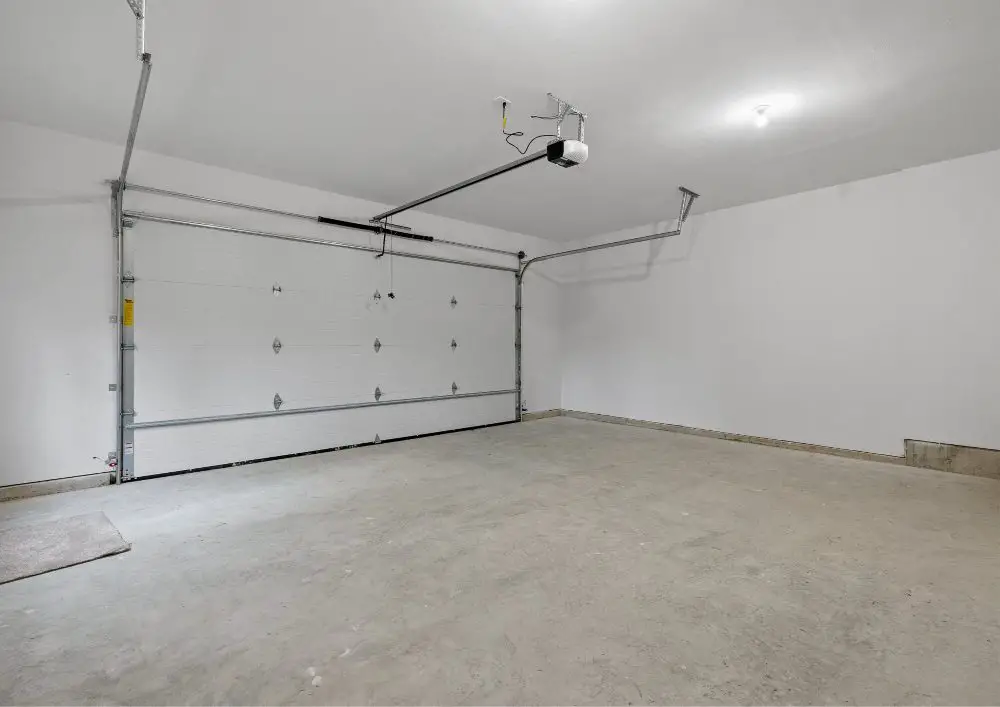
Contents
Transform Your Garage: Easy Steps to Kickstart Your Renovation
Before you begin, it’s essential to plan well. Assessing your space, budget, and layout is the foundation of your new workshop. These initial steps set the stage for the rest of the project.
Assessing Your Garage Space
Knowing the exact dimensions of your garage is crucial for a successful transformation. Take a tape measure and note the space’s length, width, and height. Don’t forget to measure any nooks or awkward corners. The idea is to know every inch to make informed choices later on.
Next, assess the condition of your garage. Check for issues like dampness, poor lighting, or a lack of electrical outlets. Fixing these issues now will save headaches later. Also, consider the garage door. You might face temperature issues while working on projects if it’s not well-insulated.
Storage is another key area for your garage. Identify spots where shelves, cabinets, or pegboards can go. It ensures your tools and materials have a home, keeping your workspace neat and functional.
Lastly, think about power needs of your garage. Take stock of your existing electrical setup. Knowing how many outlets are available and their locations helps you place larger equipment wisely. You may need to add more outlets or bring in an electrician for complex electrical needs.
In summary, a thorough assessment sets you up for success in a functional garage. It tells you what you have, need to fix, and where things will go. It’s the roadmap for your garage-to-workshop journey.
Setting a Budget
Creating a budget is an essential part of any renovation project of your garage. Start by listing all the elements you want to include in your workshop. This list should have everything from large power tools to small items like screws and nails.
Don’t forget to include electrical work, flooring, and insulation costs for your garage. These are often overlooked but crucial for a functional workshop.
Once you have your list, research the prices of these items. It’s a good idea to get quotes from multiple sources. It gives you a range of prices to consider. Add all these costs together to get an estimated total. However, it’s smart to add a buffer for unexpected expenses. A good rule of thumb is to add 10% to 20% extra for surprises like cost overruns or unplanned repairs.
With a budget in place, you can make informed choices when renovating your garage. It helps you decide whether to go for that high-end table saw or a more budget-friendly model. The budget also acts as a guide to prevent unnecessary spending.
Sticking to your budget can be tough, but it ensures your project stays on track financially. It helps you balance your wish list with your needs, making your workshop functional and affordable.
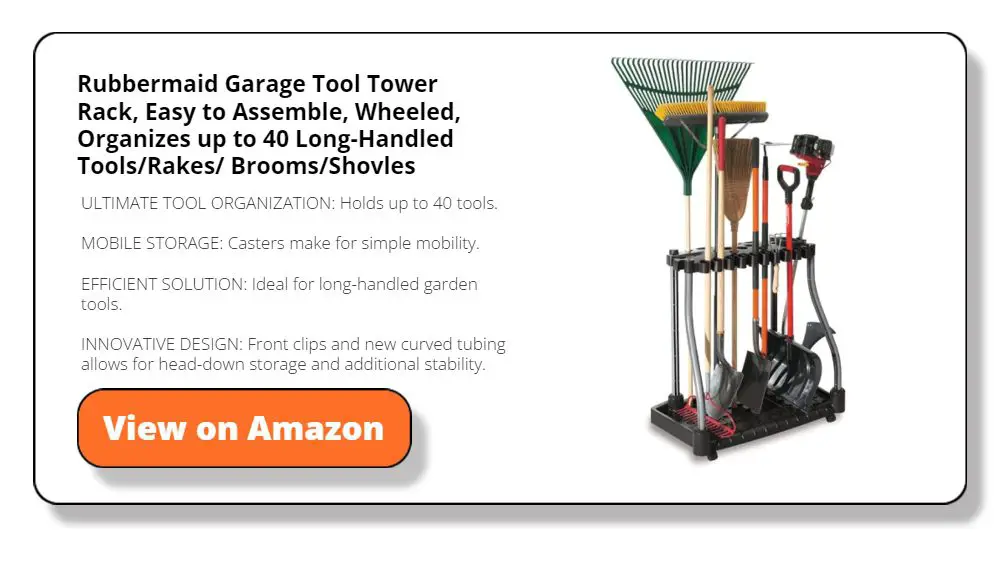
Planning the Layout
After assessing your garage space and setting a budget, the next step is planning your layout. This stage is where you decide where everything goes. Start by thinking about the kind of work you’ll do most often. Will you be woodworking, metalworking, or doing repair projects? Your main activities will dictate how you organize the space.
Next, consider the flow of the garage workspace. Your layout should allow for smooth movement from one station to another. For example, you might place your workbench near your tool storage for easy access. It makes your projects quicker and less tiring.
Large tools, like table saws or drill presses in your garage, often have specific power needs. Make sure they’re close to electrical outlets. If that’s not possible, plan to have additional outlets installed. Knowing your electrical layout ahead of time saves you from making changes later.
Storage is also vital for your garage. Think about where your tools, materials, and safety gear will go. You might need shelves, pegboards, or cabinets. Planning for storage keeps your workshop tidy and functional. It also ensures you have everything you need close at hand.
A good layout enhances workflow and efficiency of your garage. It lets you maximize your space and keeps your tools and materials organized. This way, you spend more time on your projects and less time searching for things.
Overcoming Garage Clutter Anxiety
Before you start renovating, it’s common to feel overwhelmed by years of accumulated mess. Overcoming garage clutter anxiety begins with a shift in mindset—from avoidance to action. Start small by sorting items into categories: keep, donate, recycle, or toss. Seeing visible progress reduces stress and builds momentum. Use labeled bins and clear storage to bring order and make your space feel manageable. Remember, clutter isn’t just physical—it’s mental. Creating a functional workshop isn’t just about tools and layout; it’s about creating a space that feels calm, empowering, and inspiring every time you step inside.
Creating a Functional Garage Workshop
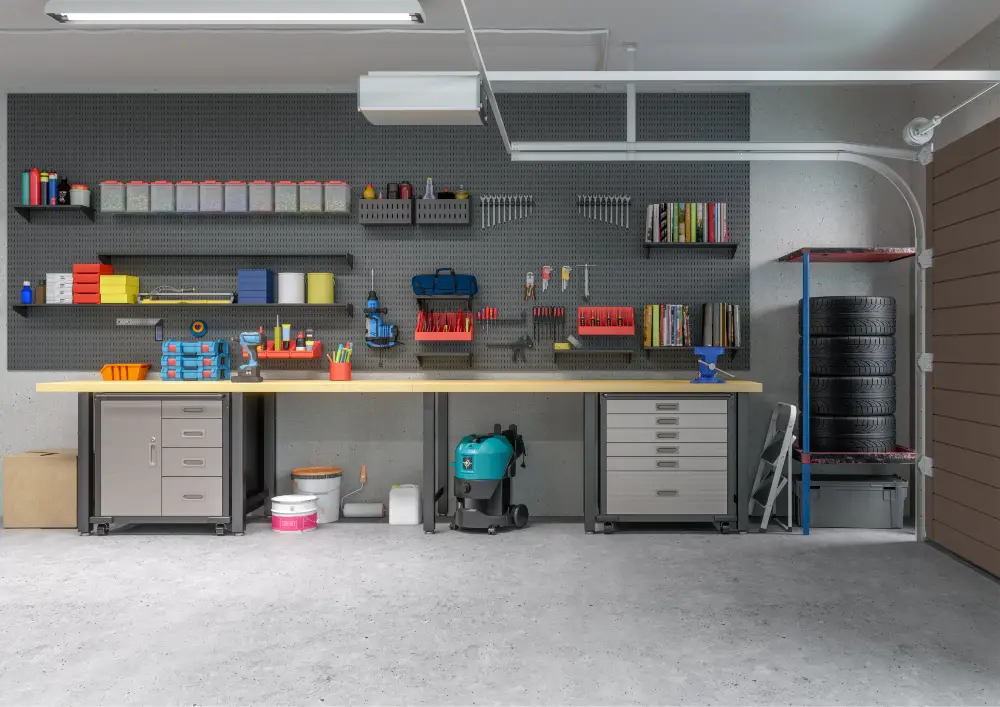
A functional workshop in your garage focuses on safety. Ensuring a secure environment protects you and anyone else who uses the space. This section will cover essential safety measures to include in your workshop design.
Ventilation
A well-ventilated workshop serves dual purposes: it makes the space more comfortable and protects your health. Fresh air circulation is essential when working with materials emitting fumes, such as paints or solvents.
Installing an exhaust fan is a practical first step. Place it near the source of fumes to quickly expel harmful air out of the space. For tasks that produce a lot of fine particles, like sawing or sanding, consider an air filtration system that can capture dust before it settles.
Ceiling fans can also help circulate air, making the environment more comfortable when working in hot or stuffy conditions. Ensure any fans you install have safety cages or similar features to prevent accidents.
Also, don’t forget about natural ventilation. If your garage has windows, make use of them. They can be an effective way to ventilate the space on less intensive workdays. The key is to create a ventilation setup that’s flexible and adjustable to the type of work you’re doing. Proper ventilation improves functionality and safety, making your workshop a better workplace.
Electrical Work
Your workshop’s electrical setup needs to be both functional and safe. Start by assessing the power requirements for your tools. High-power tools like table saws or welders may need dedicated circuits to operate safely. Consider installing more if your current electrical outlets are insufficient or inconveniently placed. Always consult with a licensed electrician for any major changes.
Grounded outlets are a must to reduce the risk of electrical shocks. Place them strategically around the workshop, keeping in mind the layout of your tools and equipment. Power strips with surge protectors are good for hand-held tools but are not a substitute for adequate electrical infrastructure.
Organize your cords carefully. Cords that snake across the floor are a tripping hazard. Install hooks or use cable organizers to keep them off the floor and out of the way. Some workshops use retractable cord reels mounted to the ceiling for better cord management.
By focusing on the electrical work in your workshop, you’re ensuring that the space is functional and safe. Adequate outlets, proper grounding, and organized wiring can significantly impact your workshop experience.
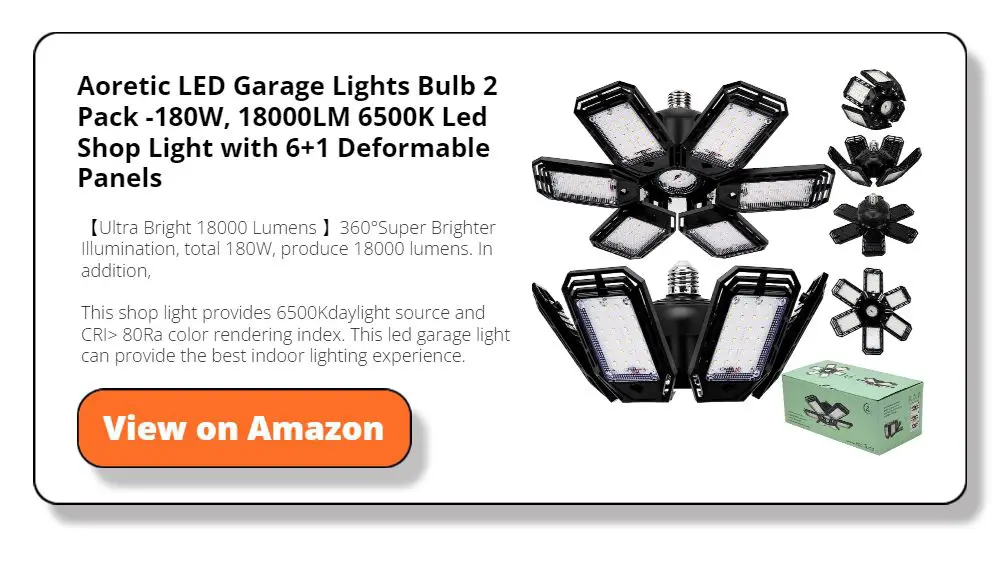
Protective Equipment
In any workshop, personal protective equipment is just as important as the tools you use. This gear protects you from potential injuries and health risks. Below are some key pieces of equipment you should have on hand.
Safety Goggles
Safety goggles shield your eyes from dust, sparks, and flying debris. They are necessary when cutting, grinding, or doing anything that might send particles flying. Choose goggles that fit well and have anti-fog features.
Ear Protection
Workshop activities can get loud. Ear protection like earmuffs or earplugs can save your hearing during prolonged noise exposure. They’re especially crucial when using power tools that generate high decibel levels.
Respirator Mask
A respirator mask filters out harmful particles and fumes. It’s essential when painting, staining, or working with materials that produce dust. Choose a mask that fits well and meets safety standards for your specific activities.
Work Gloves
Work gloves protect your hands from cuts, burns, and other injuries. Choose gloves suitable for the kind of work you’ll be doing. They should offer a good grip, resist punctures, and be comfortable for long periods.
Safety Boots
Safety boots provide a strong grip on slippery floors and protect your feet from falling objects. Look for boots with steel toes and anti-slip soles. Comfort is also key for long hours in the workshop.
Fire Safety Measures
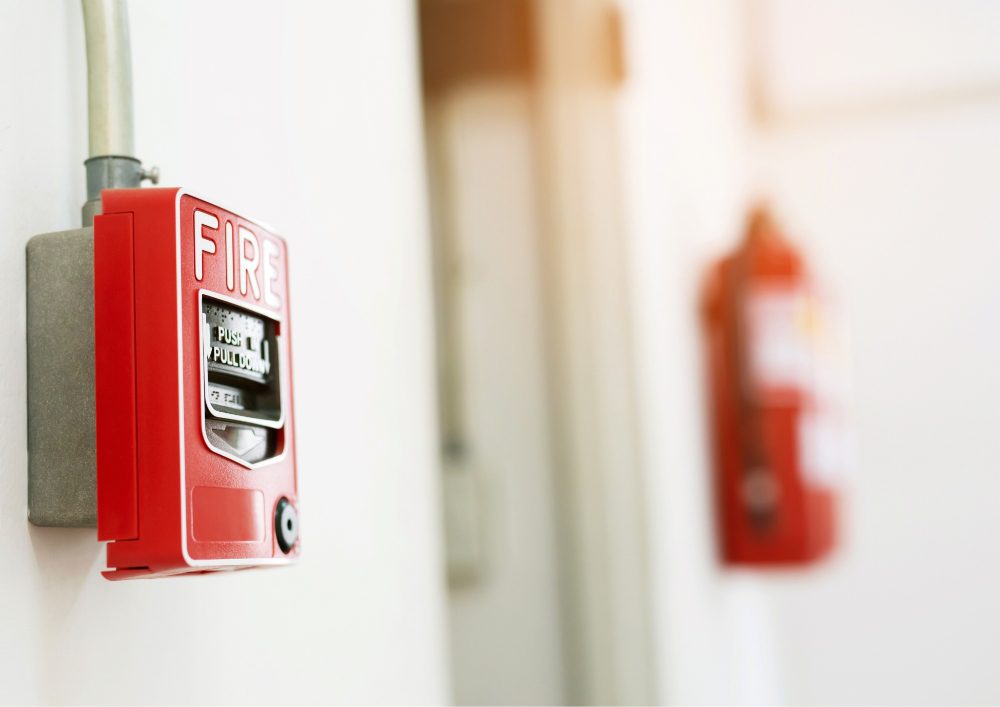
Workshops can be a fire hazard if not managed properly. Keep a fire extinguisher in an easily accessible spot. Make sure it’s the right type for your workshop activities. Store flammable materials away from electrical equipment and heat sources.
Invest in a smoke and carbon monoxide detector to identify any problems. Regularly check and maintain these safety devices to ensure they’re always in working condition.
First Aid Kit
A well-stocked first aid kit is a must-have for any workshop. Accidents can happen, and immediate treatment can make a big difference. Your first aid kit should be easily accessible and contain useful items for treating common workshop injuries.
Bandages and Gauze
Bandages and gauze pads are essential for treating cuts and scrapes. They help stop bleeding and protect wounds from infection. Make sure to have different sizes to handle various types of injuries.
Antiseptic Wipes
These are used to clean wounds before bandaging. Antiseptic wipes kill bacteria and reduce the risk of infection. Keep them in a sealed container to ensure they stay moist.
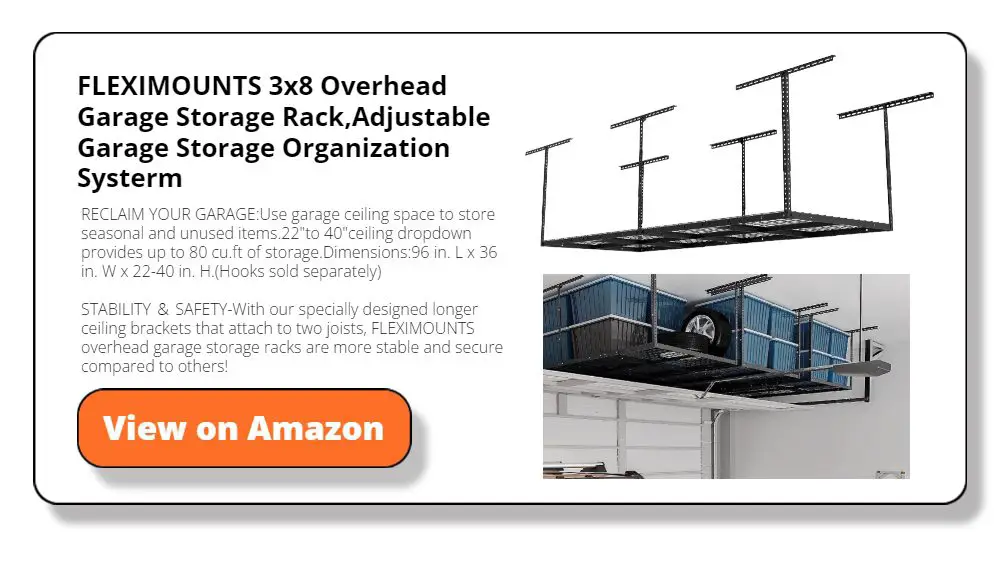
Tweezers and Scissors
Tweezers can help remove splinters or other foreign objects from wounds. Scissors are useful for cutting gauze or tape to the right size. Both should be made of stainless steel to prevent rusting.
Pain Relievers
Include over-the-counter pain relievers like ibuprofen or aspirin. These can help manage pain from minor injuries or headaches. Always check the expiration date and replace it as needed.
Burn Cream and Cold Packs
Burn cream relieves minor burns, while cold packs reduce swelling from bumps or sprains. Store these in a separate compartment or bag to keep them clean and easily accessible.
Emergency Contact Info
Include a card with emergency phone numbers and any important medical information. It can be a lifesaver when you or someone else needs more serious medical attention.
Lighting
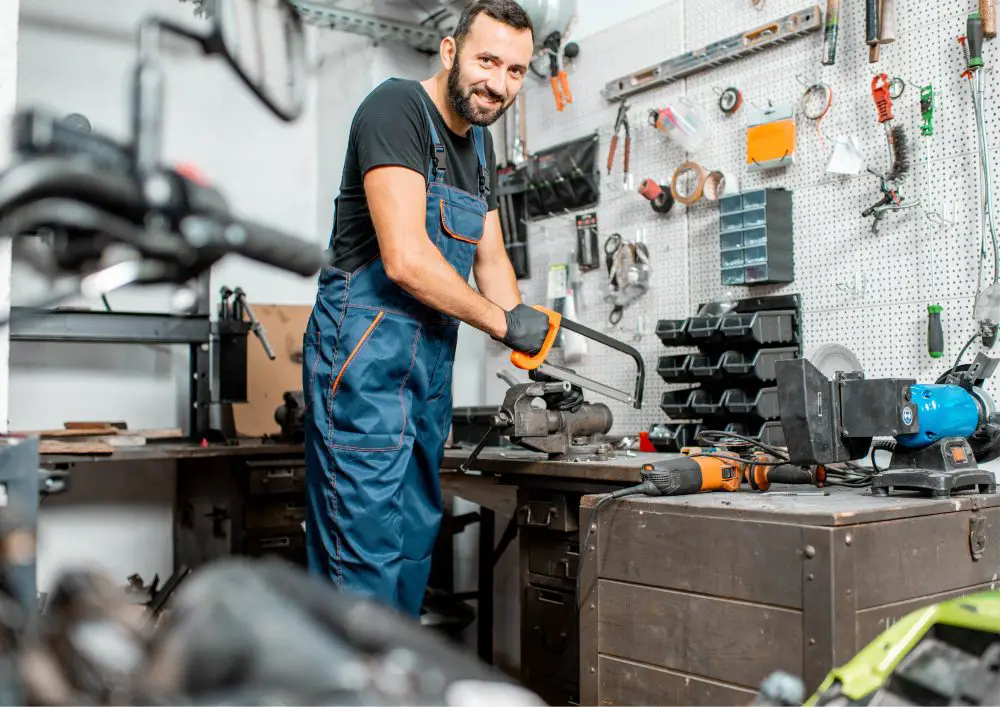
Good lighting isn’t just for ambience; it’s a critical component of a safe workshop. Start with a general lighting solution, such as overhead LED lights. LEDs are energy-efficient and provide consistent, bright lighting.
Ensure the lighting is even across the workshop to eliminate shadows where you work. Shadows can be misleading and make tasks like measuring and cutting more hazardous.
Task lighting is another key element. Fixtures or lamps close to work areas, like workbenches or saw tables, provide additional light for detailed tasks.
Adjustable task lights can be particularly useful for focusing light exactly where you need it. Consider the type of work you’ll be doing. You may even need magnifying lamps for intricate tasks like soldering or painting.
Controls also matter. Switches near each key area allow you to turn lights on and off without walking across the room. For added convenience, consider installing dimmer switches or smart lighting systems you can control with your phone.
Flooring and Walls
The floor underfoot can significantly impact your workshop’s safety. Smooth surfaces like tile or polished concrete can be slippery when wet or covered in sawdust. For that reason, opt for flooring materials that offer good traction.
Epoxy flooring is a popular choice. It’s durable, resistant to chemicals, and provides a good grip. Rubber mats are another excellent option. They offer cushioning and are slip-resistant, making them perfect for areas where you’ll stand for extended periods.
Cleaning is another consideration. The floor will collect everything from sawdust to spills. A material that’s easy to sweep and wipe down is a must. Some people even install a central vacuum system to make cleaning easier. Having a designated area for dirty or wet shoes is also a good idea to keep the main workshop floor clean.
And don’t forget about durability. Your workshop floor must withstand heavy equipment, dropped tools, and chemicals. Make sure whatever flooring you choose is up to the task.
Storage Solutions
Storage is more than just a place to put your tools; it’s a key component of a safe and functional workshop. Start by taking stock of what you’ll be storing. It includes tools, materials, and even safety gear. Knowing what you have helps you decide what kind of storage you need.
Shelving units are a basic but effective storage option. They can hold everything from power tools to bins of screws and nails. Make sure the shelves are sturdy enough to handle the weight of your items. Adjustable shelves offer the flexibility to store items of different sizes.
Pegboards are a workshop classic for a reason. They allow you to hang various tools in plain sight, making it easy to find what you need. Customize your pegboard with hooks and bins to fit your specific tools.
Cabinets with doors are ideal for items that must be kept clean or secure. They protect against dust and can be locked to keep dangerous tools from the wrong hands. If you store chemicals or flammable materials, consider safety cabinets designed for those hazards.
Mobile storage solutions like tool carts can be a lifesaver. They let you bring the tools you need right to your work area. It reduces the need to walk back and forth, saving time and lowering the risk of tripping or knocking something over.
By planning your storage carefully, you create a place for everything. It minimizes clutter and makes your workshop safer and easier to navigate. You’ll spend less time looking for tools and more time working on your projects.
Conclusion
Transforming your garage into a functional workshop is exciting, but safety should always be at the forefront. Each element contributes to creating a safe and efficient work environment, from the lighting and flooring to storage solutions.
With careful planning and a focus on safety, your garage workshop will be ready for your creative and productive projects.



